Tribe Areae Rank Species | Subfamily Aroideae Genus Arum Higher classification Arum Lilies | |
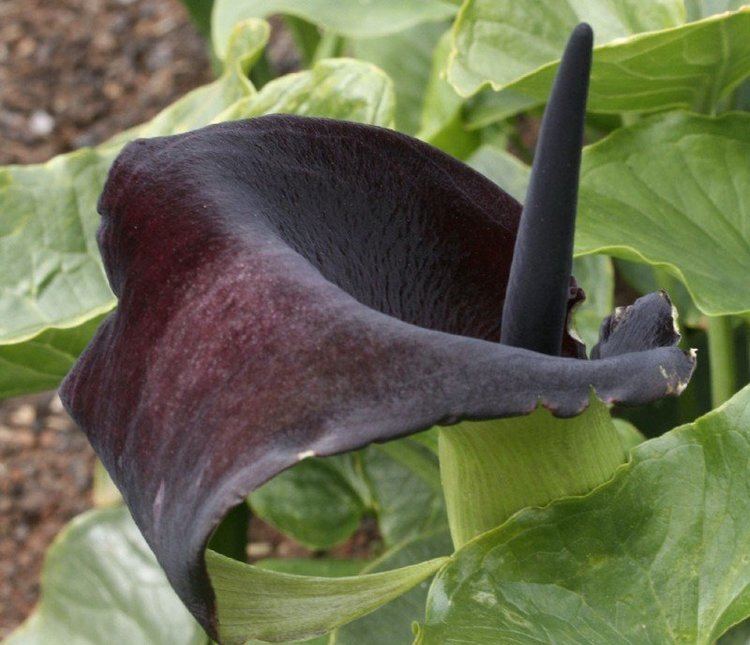 | ||
Similar Arum Lilies, Arum, Arum dioscoridis, Arum purpureospathum, Arum creticum | ||
Arum palaestinum is a species of flowering herbaceous perennial plant in the family Araceae (also known as black calla, Solomon's lily, Priest's Hood, Noo'ah Loof and kardi) This plant is native to the Levant and other parts of the Mediterranean Basin, and has been naturalized in North America, Europe, and Australia
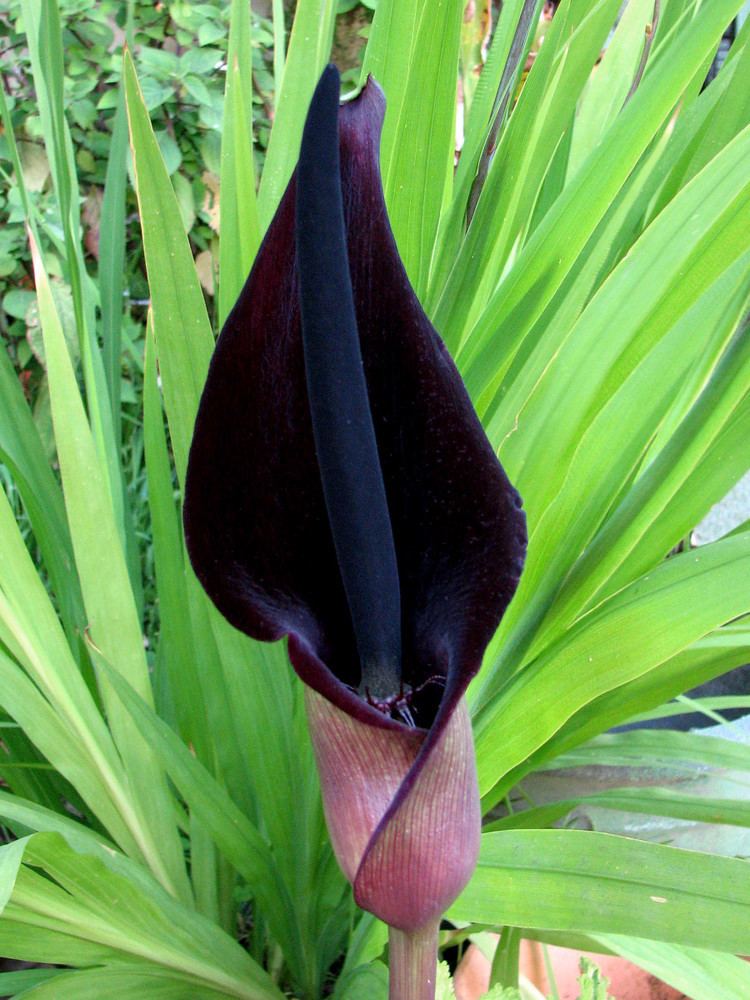
It grows 10–25 cm (0.33–0.82 ft) high. It blooms in the spring, between the months of March and April, by which time the plant is easily recognized by its dark purplish-black spadix enclosed by a reddish-brown spathe.
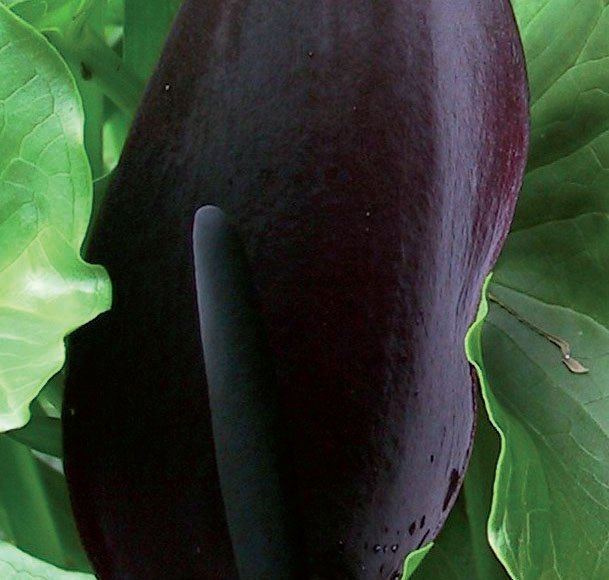
Like other members of the Arum genus, this plant gives off a scent that attracts flies, which distribute the pollen; while most other family members smell like dung, this plant smells like rotting fruit.
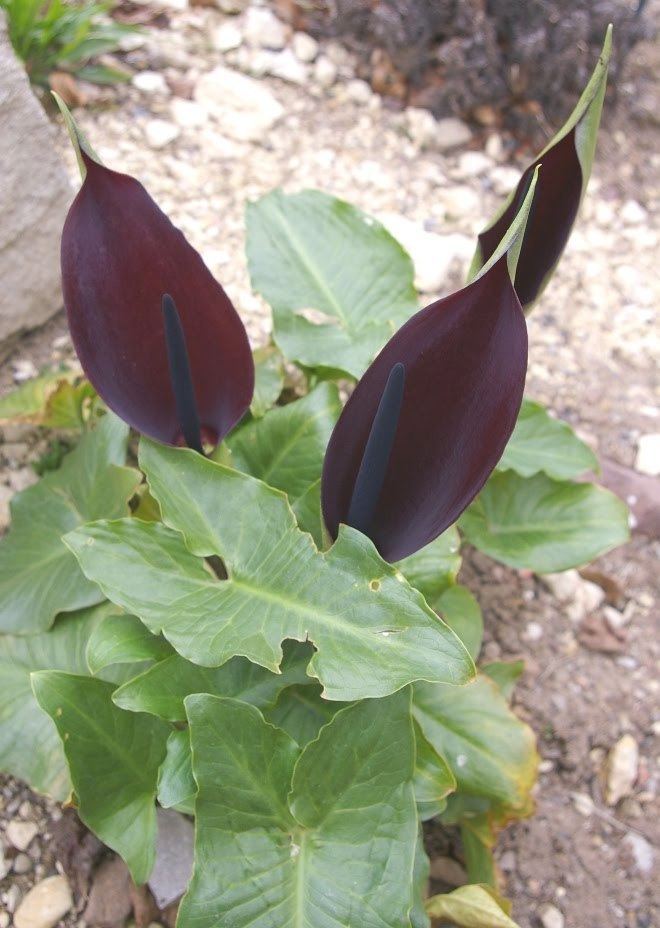
All parts of the plant contain an unidentified toxin; when people eat the plant it irritates mucous membranes and can cause nausea, diarrhea, and cramping. According to Theophrastus' Enquiry into Plants, the roots and leaves require leaching before they can be eaten.
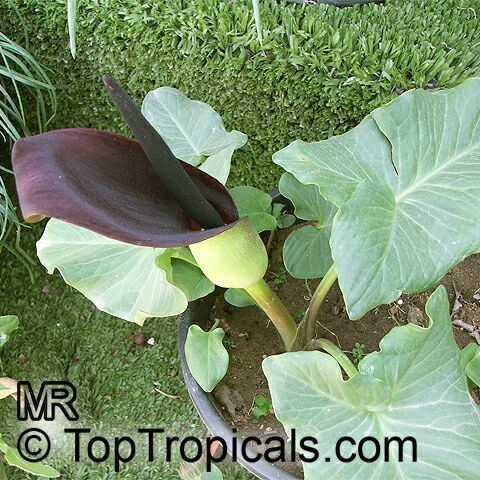
In traditional medicine, the plant is used as a remedy for many conditions including coughing with phlegm, parasitic worms in the stomach, constipation, and cancer.
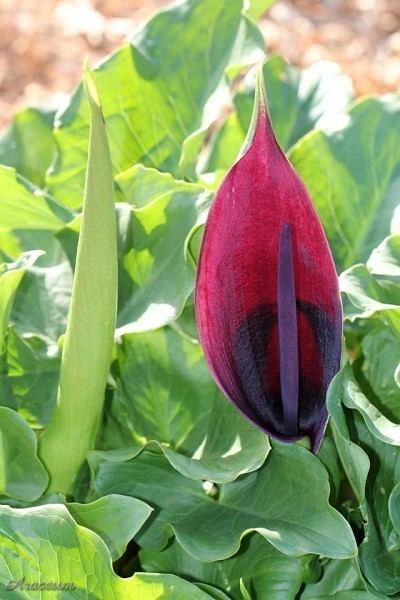
In middle eastern cooking, the leaves are cut up and thoroughly cooked with lemon or sorrel.
There have been commercial efforts to try to isolate active components of the plant to try to discover drugs.

